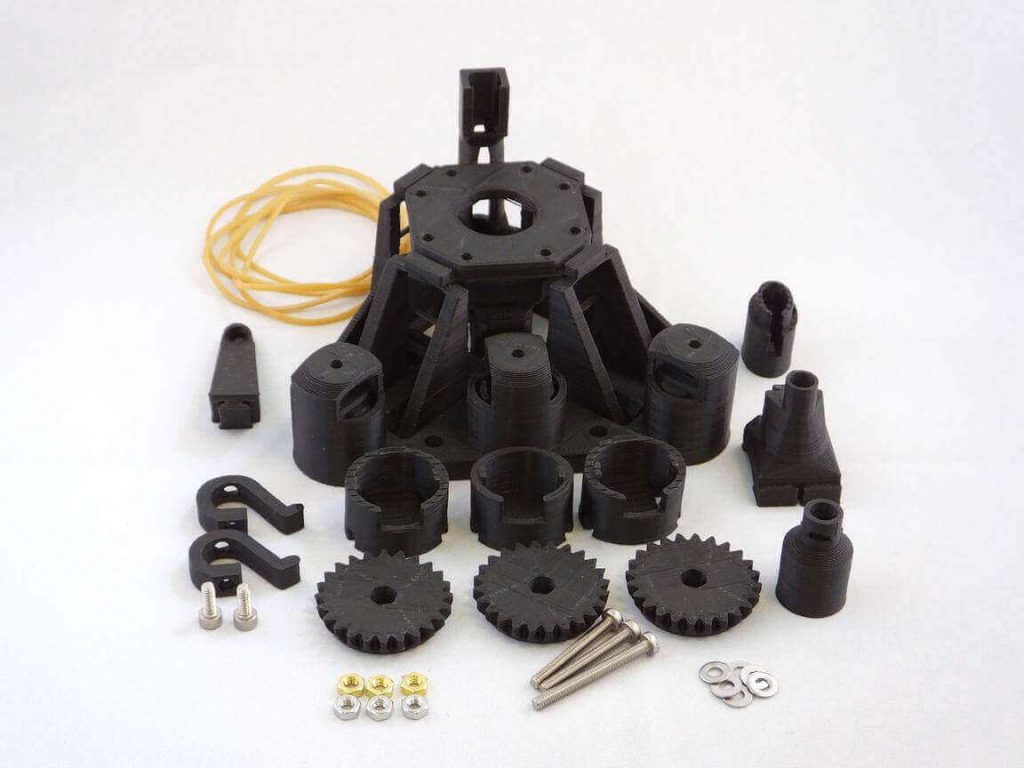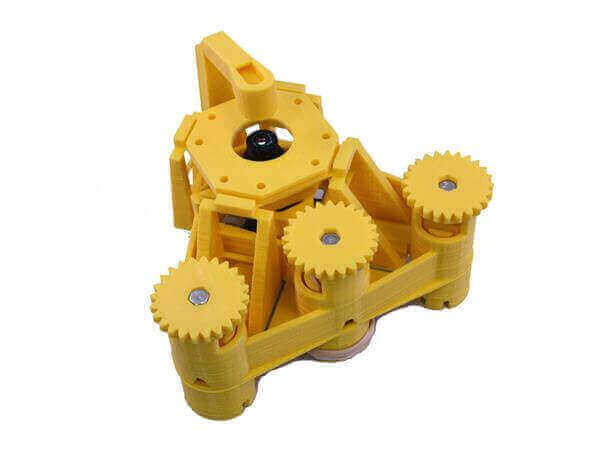Cambridge Scientists have created the WaterScope – 3D printed open-source microscope to test for waterborne diseases in an affordable way.
The OpenFlexure Microscope was created by a team of scientists at Cambridge University and their environmental organization WaterScope. It offers developing countries and underserved communities a cheap and efficient way to monitor and secure their water supply for water born illnesses.
The OpenFlexure Microscope is currently being tested by the UK-based international charity Oxfam. They aim to ultimately provide the 3D printed device to regions that struggle to access clean drinking water.
The microscope kit still needs to pass more tests to prove its viability but the researchers hope that this 3D printed tool will someday help prevent deadly illnesses like cholera, dysentery, and typhoid fever.

How the Water Testing Kit Works
The water testing kit filters water samples for greater concentration, transferring the bacteria to a specific selection medium.
Next, a tiny Raspberry Pi camera module captures a time-lapse image of this bacterial growth, which is then sent to a Raspberry Pi and finalized via image processing software.
After that, the results are transmitted wirelessly to either smartphone or PC along with GPS coordinates of the water sample’s exact origin.
What’s practical about it is that the open-source microscope is able to produce results within only an hour or two of initial testing, a vast improvement over the usual 24-hour window that more advanced testing kits require.
And, the OpenFlexure is affordable and can be easily used even by scientifically unskilled individuals. The kit supports testing of highly hazardous bacterial pathogens like E. coli, Listeria, Legionella, and others.
This makes it especially ideal for practical use in third world countries.
How To Build This Microscope Yourself
WaterScope is selling the OpenFlexure Microscope Kit for £ 50.00 (around $61) and includes: a water sampling kit, the Raspberry Pi camera module, and other non-3D printed components. A
However, a Raspberry Pi 3 Model B and microSD card will need to be purchased separately.
The STL files and schematics for the open-source microscope kit can be found on GitHub, allowing anyone with a Raspberry Pi and 3D printer to build and even improve upon the water testing kit.
For helpful info, check their step-by-step assembly guide available on DocuBricks.
There are a number of ways that 3D printing technology has been used to protect and monitor our fragile environment, particularly when it comes to keeping our vital sources of drinking water clean and protected.
Cambridge-based researchers believe that their unique 3D printed open-source project can reach beyond water testing, and could soon become a more accessible and affordable alternative to other types of professional research microscopes as well.

License: The text of "This 3D Printed Open-Source Microscope Aims to Reduce Waterborne Diseases" by All3DP is licensed under a Creative Commons Attribution 4.0 International License.